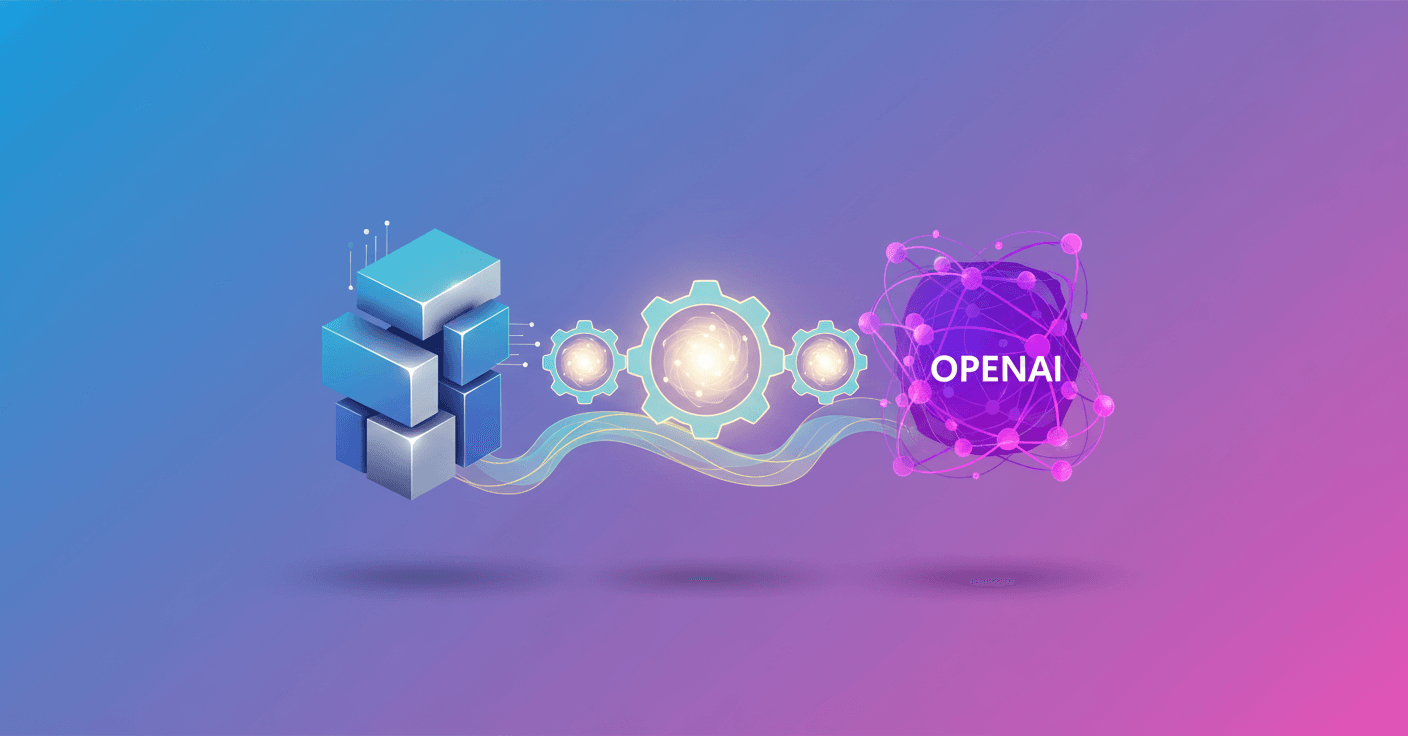Since 2019 Microsoft and OpenAI have been building something more than a collaboration: an alliance to push artificial intelligence forward and make its benefits as accessible as possible. Now they announce a new definitive agreement that reshapes the structure, reaffirms commitments, and opens different paths for both companies. What does that mean for you?
The essentials of the new agreement
OpenAI is moving toward forming a public benefit corporation (PBC) and is doing a recapitalization. After that process, Microsoft will hold an investment in OpenAI Group PBC valued at approximately $135 billion, which represents around 27 percent on a diluted converted basis, including employees, investors and the OpenAI Foundation.
Before the recent funding rounds, Microsoft held 32.5 percent of OpenAI’s for-profit entity. What does that mean in practice? The relationship remains deep, but there are key changes to how rights, products and responsibilities will be shared.
